Pain medication and pharmaceuticals are usually the go-to methods of alleviating muscle pain, headaches, toothaches and most kinds of physical trauma experienced. Pharmaceutical pain medication sometimes comes with the risk of negative side effects, drug interactions and sometimes abuse.
For centuries, however, traditional healers and early doctors administered essential oils, herbs and alternative therapies as natural pain killers as remedies for pain. Research on these natural alternatives still require more investigation but evidence suggests certain natural remedies could prove beneficial in alleviating some of these symptoms. Here are 10 natural pain killers, how to administer them and the science behind how they work.
1. Peppermint Oil
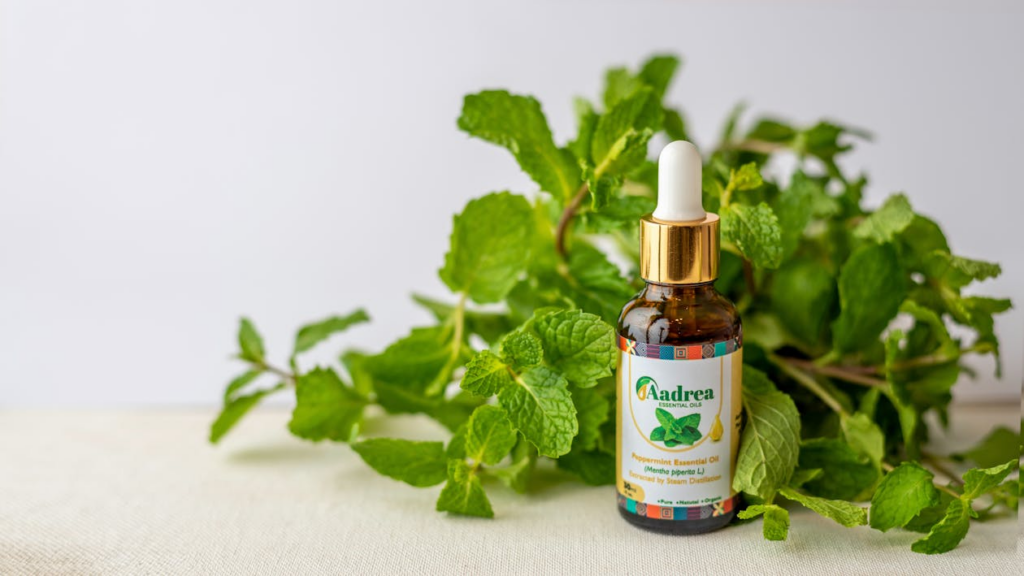
Peppermint oil, derived from the peppermint plant, contains active compounds like menthol, carvacrol, and limonene, which have anti-inflammatory and pain-relieving properties. It alleviates tension headaches, muscle aches, and minor burns. Research also shows its effectiveness in reducing postoperative pain and improving sleep quality.
You can inhale peppermint oil through aromatherapy, apply it topically after diluting with a carrier oil, or use it in a diffuser. For headaches, gently rub diluted oil on the temples and forehead. Avoid using it on broken skin or near children.
2. Turmeric
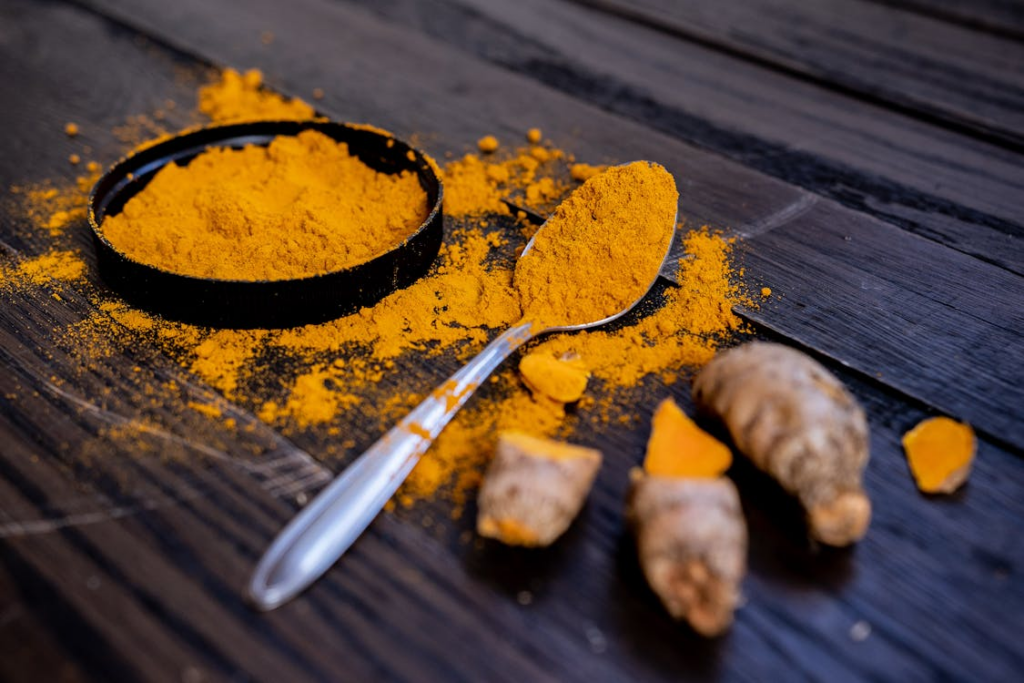
Turmeric is a bright yellow spice containing curcumin. Most typically used as a spice in many Indian cuisine for its robust flavor and aromatics. It is a powerful antioxidant with anti-inflammatory properties. It reduces joint pain, stiffness, and inflammation associated with arthritis and other bone-related conditions. Studies show turmeric can be as effective as ibuprofen for managing osteoarthritis pain.
You can consume turmeric as a spice in food or make tea by simmering ground turmeric in water. For stronger effects, take curcumin supplements paired with black pepper to enhance absorption. Consult a doctor before use if you are on blood thinners.
Read More: 14 Essential Oils for Arthritis Relief
3. Capsaicin

Capsaicin is the active compound in chili peppers that creates their heat and serves as a natural pain reliever. It is usually added to food as an ingredient in cooking or as a condiment to give food a kick and increase its spice levels. It alleviates neuropathic pain, joint pain from arthritis, migraines, and muscle strains by blocking pain signals from nerve cells.
Capsaicin is available in creams or patches. Apply cream to the painful area several times daily or use patches under medical supervision for long-term conditions like diabetic neuropathy. Wash hands after application and avoid contact with eyes or mouth.
4. Cloves
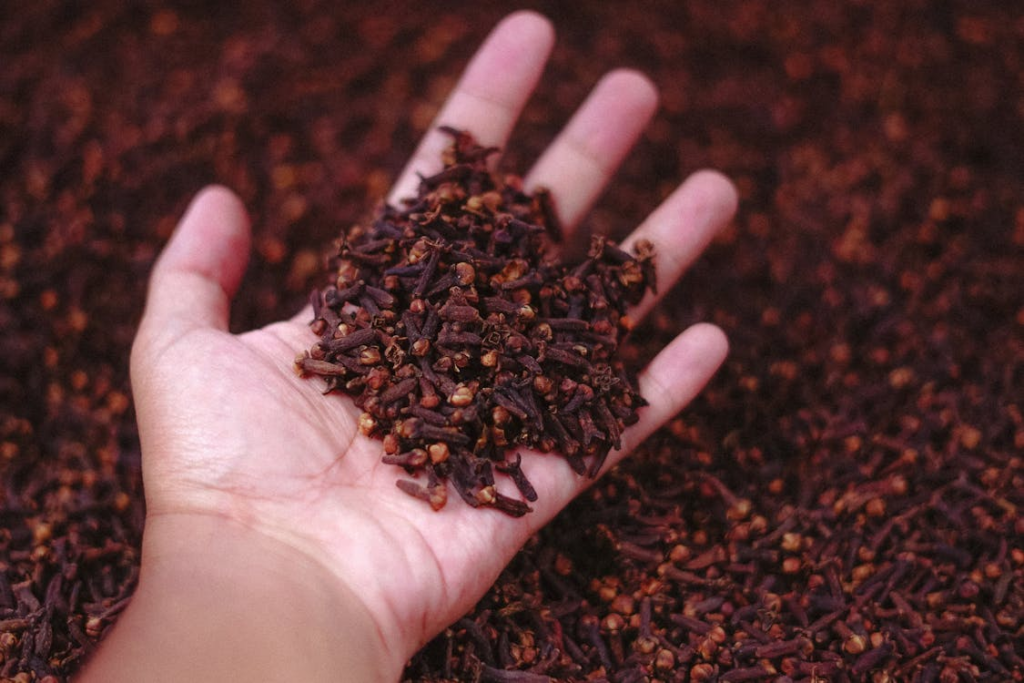
Cloves are aromatic flower buds containing eugenol, a natural compound with analgesic properties. They are used in cooking, with an extremely robust flavor. They relieve toothaches, headaches, and muscle pain while also reducing inflammation in the body. Clove oil can be applied topically for localized pain relief after dilution. Alternatively, cloves can be consumed in capsule form or added to food for their health benefits.
5. Feverfew

Feverfew is a medicinal plant traditionally used for treating fevers and inflammatory conditions. It helps reduce migraines’ frequency and intensity and may alleviate muscle spasms and rheumatoid arthritis symptoms. Feverfew is available as capsules, tablets, or teas made from its dried leaves. Speak with a healthcare provider before use due to potential side effects like nausea or bloating.
Read More: 10 Nutritious Foods to Improve Joint Health and Help With Joint Pain Relief
6. Ginger
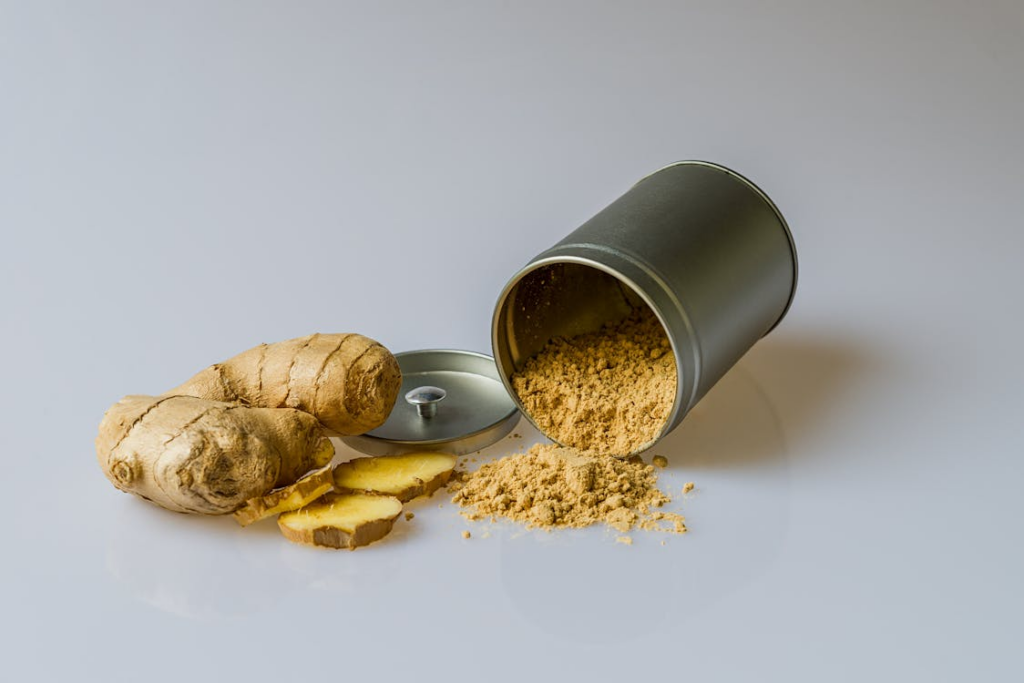
Ginger is a root known for its anti-inflammatory and antioxidant properties. It reduces muscle soreness from exercise, postoperative pain, and inflammation-related discomfort such as arthritis pain. Ginger can be consumed fresh in smoothies or teas or taken as a supplement. For maximum benefits, use 2 grams daily over several days to reduce muscle pain effectively.
7. Eucalyptus Essential Oil
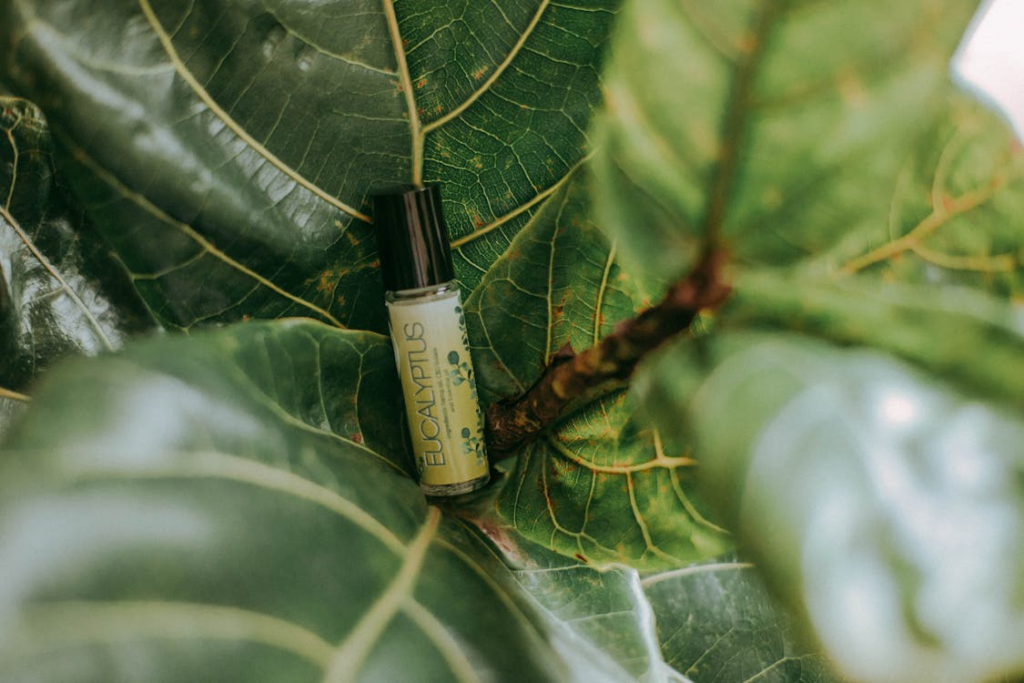
Eucalyptus oil comes from the eucalyptus plant and has anti-inflammatory and analgesic properties. It alleviates joint swelling, rheumatoid arthritis pain, and general inflammation while promoting relaxation. Dilute eucalyptus oil with a carrier oil before applying topically or inhale its vapors using a diffuser. Avoid using around children or ingesting the oil due to toxicity risks.
8. Endorphins

Endorphins are natural hormones produced by the body that relieve pain and promote feelings of well-being. They reduce stress-related pain, improve mood, and alleviate chronic discomfort such as backaches or migraines. Engaging in physical exercise, like running, doing activities like yoga, acupuncture, laughter therapy, or listening to music. Sunlight exposure also stimulates endorphin release naturally.
9. Yoga

Yoga combines physical poses with breathing exercises and meditation techniques that improve flexibility and reduce stress. It helps manage lower back pain, neck pain, and stress-related discomfort while promoting relaxation and better posture. Yoga acts as a natural pain killer by helping the body stretch muscles, removing lactic acid and promoting healthy movements. Practice yoga regularly through guided classes or online tutorials focusing on poses designed for specific areas of discomfort like the lower back or neck.
10. Heat and Ice Therapy

Heat therapy uses warmth to relax muscles, while ice therapy reduces swelling by numbing the affected area. Ice alleviates acute injuries like sprains by reducing inflammation, while heat relieves stiffness in chronic conditions like arthritis and muscle stiffness from exercise.
Apply an ice pack wrapped in cloth to the injured area for 15–20 minutes immediately after injury. Use moist heat packs for stiff joints or heating pads briefly on sore muscles once inflammation decreases.
In conclusion

Natural pain relievers offer an alternative to pharmaceutical medications, addressing various types of pain while minimizing the risks of side effects, drug interactions, and dependency. Remedies like peppermint oil, turmeric and others mentioned in this article, have demonstrated effectiveness in alleviating headaches, muscle pain and other physical ailments. These options not only provide relief but also promote healing by leveraging the body’s natural processes and plant-based medications.
While these remedies may alleviate certain symptoms, it is essential to always consult healthcare professionals. Take care when incorporating natural pain relievers into your routine, especially for individuals with pre-existing conditions or those taking other medications.
Read More: 6 Health Benefits of Cayenne Pepper
Disclaimer: This information is not intended to be a substitute for professional medical advice, diagnosis or treatment and is for information only. Always seek the advice of your physician or another qualified health provider with any questions about your medical condition and/or current medication. Do not disregard professional medical advice or delay seeking advice or treatment because of something you have read here.

